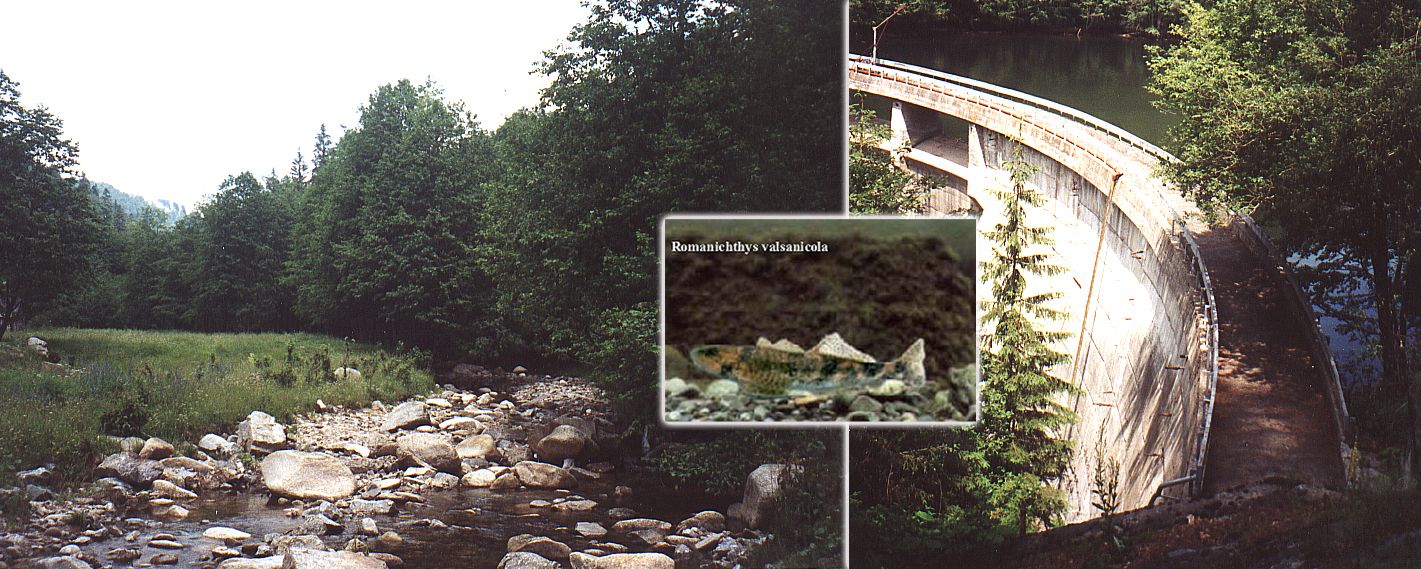of the unique fish species Romanichthys valsanicola
The project deals with the proposed alternatives for desilting the Vâlsan reservoir under the constraints imposed by the severe protection of an endangered fish species namely Romanichthys valsanicola that lives downstream of the Vâlsan reservoir.

Romanichthys valsanicola is a unique fish species which lives today only in the Romanian Carpathians, namely Vâlsan River basin, between the villages of Brădet and Muşeteşti. Unfortunately, only a few individuals are still living in the river (the last one was observed in summer 2001). This explains why the species is on the red list of the International Union for Nature Conservation and of the European Union. This fish species is considered to be a living proof of the former link between Europe and North America through the Scandinavian Peninsula. For protecting it, the Romanian authorities have decided to declare the unique Romanichthys valsanicola as a protected fish species and the Vâlsan River between Vâlsan reservoir and its mouths to Argeş River as a protected area.
The Vâlsan dam (arch dam; height: 25 m; crest length: 90 m) creates a reservoir with a total capacity of about 196,400 cubic meters, 75% of it being already silted up with sediments. The only purpose for Vâlsan reservoir, which is a part of the Argeş - Vidraru Hydropower Development, is to produce electricity. Due to the important volumes of sediments accumulated in the reservoir, this purpose was limited significantly.
The main purpose of this project was to improve the power plant operation by desilting the reservoir without affecting the existence of the unique fish species Romanichtchys valsanicola. The downstream flow of the important amount of alluvial material (approximately 140,000 cubic meters) could even determinate the extinction of it, so the acceptable solutions for desilting the Vâlsan reservoir has taken into consideration only ecologically feasible solutions.
It has been elaborated a detailed analysis of drawbacks and benefits of each solution identified and as a consequence a non intrusive solution was proposed together with its cost estimation.